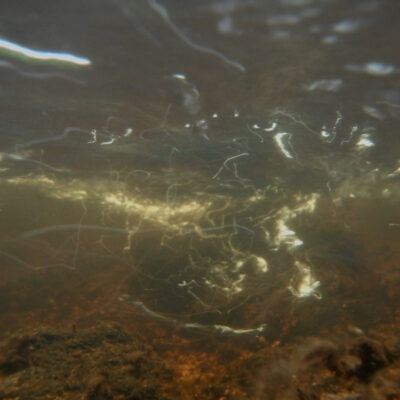
Editions: Z

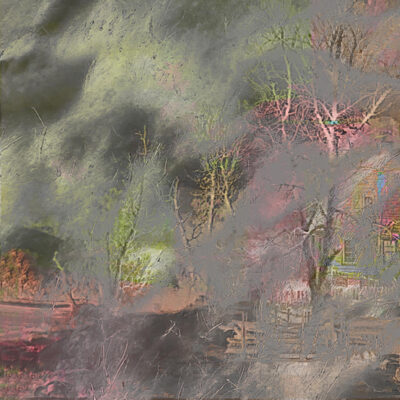
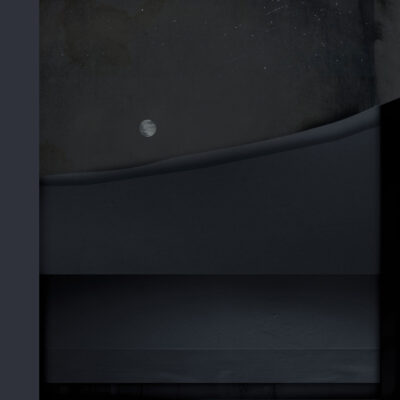
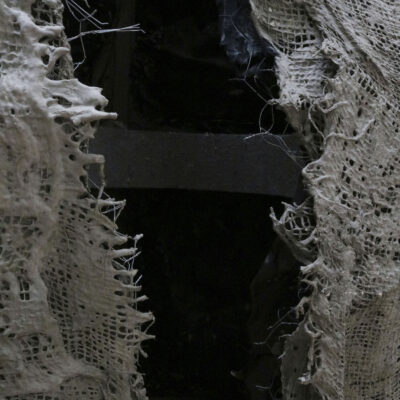
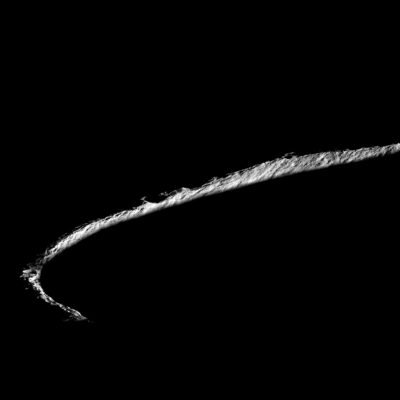
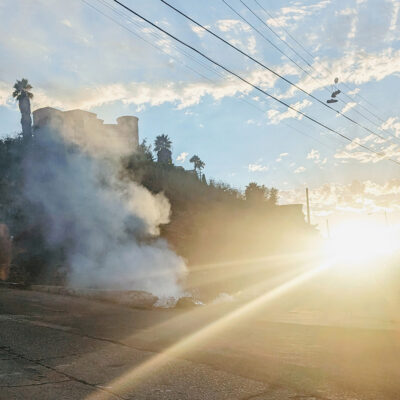
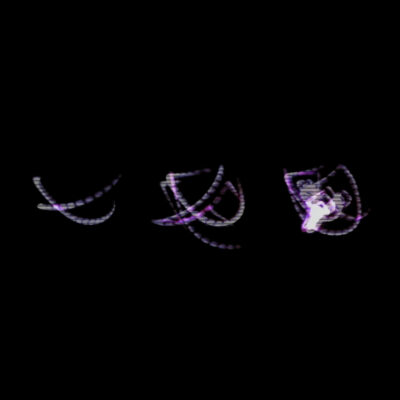
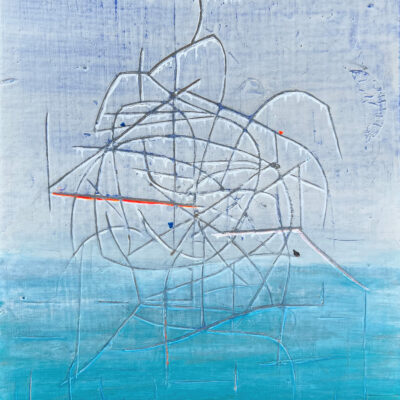








THE BEST AMBIENT ON BANDCAMP: March 2023
If one already felt inclined to check out an article about the best ambient music on Bandcamp, William Basinski likely requires little introduction. Since the 1980s, the seasoned experimentalist has worked on many cavernous masterpieces—in essence, he is one of the genre’s true enduring rockstars. The latest album to his name, The Clocktower at the Beach, is a reissue via Los Angeles musician/Dublab DJ Richard Chartier’s label LINE. The hefty piece is an unearthed project dating back to 1979, which came about during a stint in San Francisco. It’s built around soft tape loops and recordings of broken televisions that seem to gently shift between low, craggy valleys and even subtler rifts in the earth. If last year’s brand-new …on reflection seemed to mirror his rambling 2003 record Melancholia, this one feels more akin to his various Disintegration Loops. The Clocktower at the Beach is a challenging outlier within the scope of a recent body of work that otherwise seems to get more wistful and balmy with each fresh addition.
—Bandcamp Daily
ALBUM OF THE DAY: March 14, 2023
—foxydigitalis.zone
Hazed and subtly transcendent, it’s one of the best things we’ve heard from the ‘Disintegration Loops’ legend in ages.
Way back in 1979 William Basinski was stationed on the notorious Haight Street in San Francisco – it was affordable for artists back then. His partner, the artist James Elaine, would rescue old televisions from the street as families upgraded to more modern color models, and Basinski set about recording their peculiar fuzzy transmissions to reel-to-reel tape. His Norelco Continental deck had four speeds, so Basinski could use the pitch variance to create long, sprawling drone pieces. The final piece of the puzzle was a series of field recordings he made at his night job at a factory, which he combined with the TV static to develop “The Clocktower at the Beach”, a mystifying long-form composition that’s among the most stunning in Basinski’s canon.
For those of you who have only come across ‘Disintegration Loops’ and its successors, it might come as a surprise to learn that “The Clocktower…” is markedly different. The piece is still durational experiment, but at this point in his development, Basinski was more driven by the material his partner was bringing home from the record store he worked at day-to-day. So it was Eliane Radigue’s feedback works and Jean-Claude Eloy’s contemplative “Gaku-No-Michi” that provided the inspiration he needed. If you’ve heard 1997’s “Shortwavemusic” (which Basinski recorded not long after this one in 1982) that’s possibly the closest stylistically, but even that doesn’t quite reach the same level of horizontal, blunted fuzz.
‘The Clocktower…’ is deceptively simple; Basinski doesn’t use many elements but he manages to captivate us completely, conducting a mood that’s between David Lynch’s industrial “Eraserhead” wheeze and Brian Eno’s shimmering “On Land”. The gorgeous, heartbreaking melodies are there if you’re willing to do the searching, buried beneath layer upon layer of tape hiss, pipe noise and mechanical grumbling. It’s hard to believe this one’s over forty years old.
—boomkat.com
William Basinski recorded this music during his time living in San Francisco, when he presumably visited Clocktower Beach. Considering that Basinski once created On Time Out Of Time—music in tribute to quantum entanglement and the theories of Einstein and Rosen, and Einstein, Rosen, and Podolsky, using source recordings of the 1.3 billion year old sounds of two distant massive black holes—undoubtedly the subject matter of The Clocktower at the Beach is one of his more straightforward creations. Fair enough, it is one of his earliest drone pieces, yet his methodology is as intriguing as anything he’s done, and (most important of all) the music is a memorable journey into the sadness of things. Back to “mono no aware,” then.
About that methodology: it seems that Basinski recorded the night shift at a sausage (clip) factory on a battery operated portable cassette player, then made this music from that source material chiefly using a Norelco Continental four speed reel to reel tape recorder. Looping and speed tampering is all very well on paper, but thankfully Basinski’s ear is such that there is not the slightest trace of anything horrible, gimmicky, nonsensical, or even dull. Broken 1950s televisions, scavenged from the streets by James Elaine, were also used, I’m unsure exactly how but presumably as another sound source.
As with any good drone, or extended ambient work, there comes a point or points where I must have stopped actively listening, because later I realize “oh that’s still going on.” The music can also suddenly become absolutely riveting. At least that’s the kind of journey I go on. It’s a bit like Lord Buckley’s “Subconscious Mind” track, wherein he describes driving along in a car when suddenly a girl pops into his head who occupies his thinking to the extent that he zones out before being shocked to discover he’s driven the last five miles with his mind elsewhere. Not that we’ve ever done that, eh? Perish the thought!
Keep in mind that I couldn’t construct a coherent theory as to how and why a cheese sandwich exists, yet I feel confidently able to state that, as with much of Basinski’s work, there is a sense on this album that the music compresses centuries into a few moments while simultaneously expanding those moments into a piece essentially without beginning or end; suggesting everything, explaining nothing. The album title suggests time stopped, time passing, the ebb and flow of tides, a snapshot of a place, a personal memory. The music evokes grief, decay, sadness, and an intersection of dreams and wishes. The cover art is an excellent match, too, and no wonder. Offshore 2 (2022) a piece composed of acrylic and metallic paint, graphite, razor cuts on board by James Elaine in the style of Paul Klee.
Basinski’s career, well it’s impossible to discuss without mentioning his landmark release The Disintegration Loops. I have only heard that all the way through once; arguably the only way to approach such a monument. Loops is the perfect example of unintended consequences arising from technology and a composer being open and able to recognize when the universe is bringing something into being without specific intent from the artist. He has recently taken a splendid tangent with the wildly different Sparkle Division, his project with Preston Wendell. Their first release disguised Basinski’s presence almost entirely; but several tracks, such as “No Exit” and “Oh No You Did Not!” do seem almost to fall to pieces as they glide along and fade away, as if departing for a separate recording titled Jazz from the Entropy Lounge which exists only in another multiverse. The Clocktower at the Beach is just as enjoyable. Close in texture to the early feedback work of Eliane Radigue, it could definitely work as a soundtrack; perhaps if someone decides to make a movie of Steve Erickson’s books, such as Tours of The Black Clock, Rubicon Beach, or Days Between Stations. This is a fascinating and engrossing glimpse into Basinksi’s creativity. Now I want him to release a recording commemorating Denton Square.
—brainwashed.com
Rapid Fire Reviews: Ambient Legends
When it comes to ambient music, with the exception of Brian Eno it doesn’t get any more legendary than William Basinski. The tape loop god is responsible for one of my favorite albums of all time The Disintegration Loops which when combined with its three sequels have collectively soundtracked some of the most thorough dissociations of my entire life. But William Basinski isn’t a one trick pony and his return to those droning impressions on 2017’s A Shadow In Time was a welcome one, as was it’s much more difficult to pin down follow-up In Time Out Of Time a few years later. But the real crown jewel of Basinski’s recent output is 2020’s Lamentations, whose haunting darkness came served with a Caretaker-esque nostalgia that still enthralls me from start to finish. That flirtatiousness with nostalgia returns on this 42-minute archival piece that has sat unreleased since 1979. I’ve expressed interest in the past with the interesting ways artists can play with musical timelines regarding when music is recorded versus when their fans actually get to engage with it so this music has my interest before I ever even hit play.
While the album is presented as one long composition it’s very far from being that simple. The stylistic motifs evolve consistently throughout the composition and though they maintain a cloudy haze the presentation often varies wildly. Take the early synth drones which cut through the fog with both a loud and clear dynamism even as they echo off into space but by 15 minutes into the piece they’ve become so thoroughly obscured that even the loudest blaring simply mushes into the ever-increasing haze. This is also the point on the album where it starts to fade out to near silence once every few minutes sometimes as a sort of sonic reset though other times it just returns with a similar sounding palette. Shortly after this sequence if where the droning portion of the record begins smothering everything in not just fuzz but deep rumbling darkness that makes all the once quite clear synth sounds suddenly feel like they’re echoing from an abyss. While this composition does have its lulls in intrigue and sonic motifs that might seem to overstay their welcome I was really surprised by just how much I enjoyed it not only my first time through but on every follow-up listen. It feels like a look back into a more brash and rough around the edges version of William Basinski that not only provides contrast with an album like Lamentations, but stands up as compelling ambient music on its own.
—lavsmusiccorner.blogspot.com
